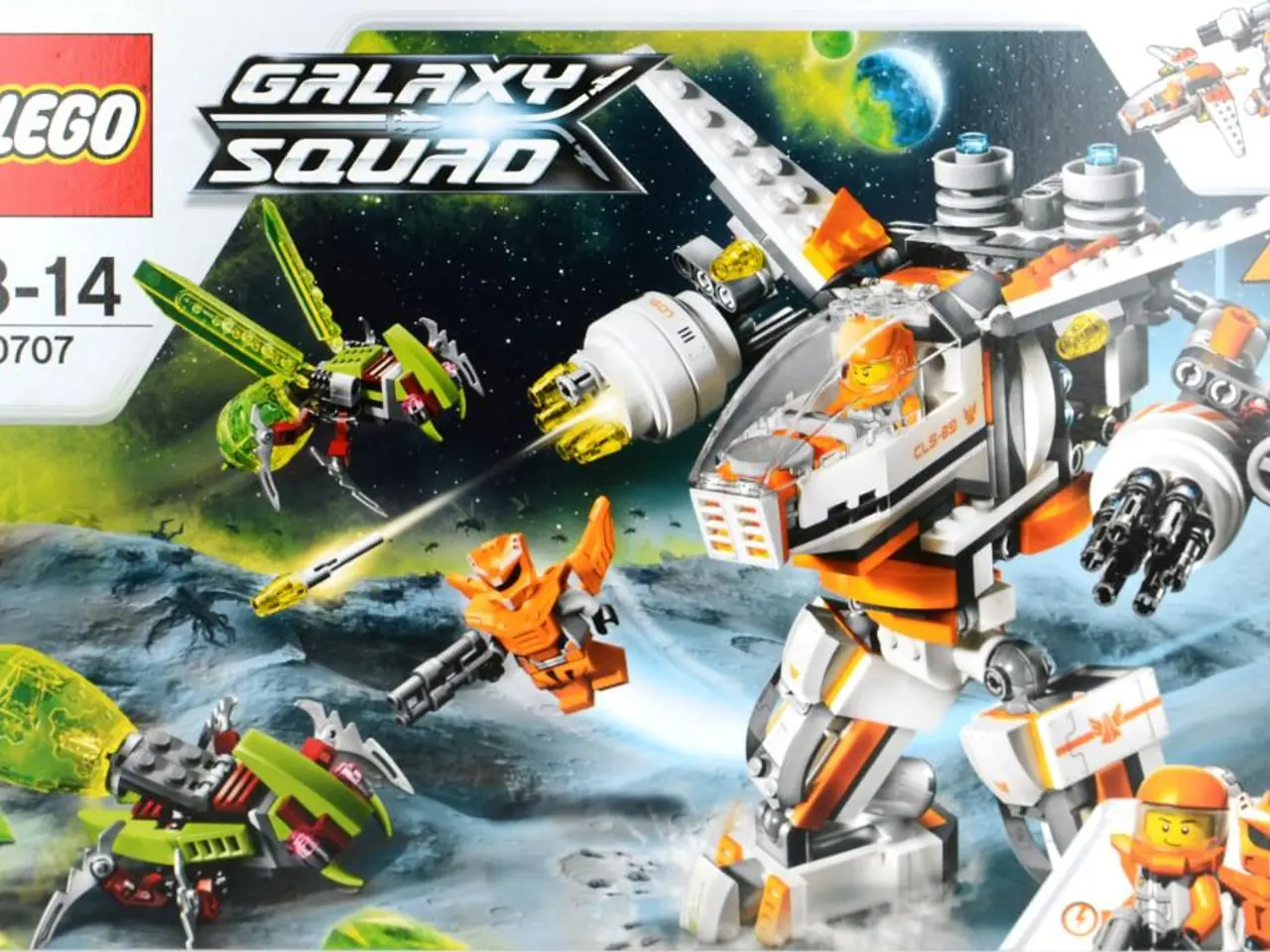"Demonstration of 'Hello AI World' Utilizing NanoEdge AI Studio"
In a recent TechXchange talk, François de Rochebouët, Head of Marketing for MDRF/Central R&D/Artificial Intelligence Solutions at STMicroelectronics, showcased a project that monitors the vibration of household appliances such as washers and dryers using NanoEdge AI Studio.
The project, which originally took a month to build, was recreated by François in less than 45 minutes using NanoEdge AI Studio, demonstrating the software's potential for expediting AI project development. The demonstration served as a "hello world" for using NanoEdge AI Studio, providing a clear and accessible introduction to the software.
To quickly create sensor projects with NanoEdge AI Studio, users first need to download and install the free software on their PC, which supports Arm Cortex-M MCUs. The process involves using the software's data logger feature to collect sensor data from a board of choice, either by creating a custom data logger or selecting from supported boards and sensors.
Through an iterative benchmarking process, NanoEdge AI Studio automatically tests thousands of pre-processing and model parameter combinations to generate an optimized AI library tailored to the specific sensor data and project needs. This library includes preprocessing, the AI model, and functions for easy integration into embedded projects.
The workflow for creating a project with NanoEdge AI Studio consists of six steps:
- Installing NanoEdge AI Studio, available for Windows and Ubuntu.
- Collecting training data via the software's data logger for normal and abnormal sensor signals.
- Choosing the type of workflow (e.g., anomaly detection).
- Letting the software benchmark and select the best AI model and preprocessing.
- Exporting the generated optimized AI library with built-in functions (initialization, learning, detection) that can be directly embedded on supported microcontrollers.
- Deploying and optionally retraining the model directly on the device to specialize for particular environments.
In François's demonstration, the project made an average vibration profile and sent a text message when the vibration stopped for a specific amount of time. The code generated by NanoEdge AI Studio worked flawlessly without the need for debugging, and hardware was recognized easily.
The project was built using various hardware, including the BeagleBone, and the speaker found it easy to port the code when rebuilding the project using a Raspberry Pi. Although the speaker built the project, they did not attach their name to it, and they believe they should receive credit for the project, particularly from DigiKey.
A demo of the project recreated by François de Rochebouet using NanoEdge AI Studio is available for viewing, providing a practical example of the software's capabilities. With NanoEdge AI Studio, developers can create sensor projects in minutes, straight out of the box, and trust in the software's ability to deliver working, debug-free code and hardware recognition, significantly reducing development time compared to traditional methods.
Technology significantly reduces project development time, as demonstrated by François de Rochebouët, who recreated a project in less than 45 minutes using NanoEdge AI Studio, an artificial-intelligence software. This software allows developers to create sensor projects swiftly, generating debug-free code and ensuring easy hardware recognition.




